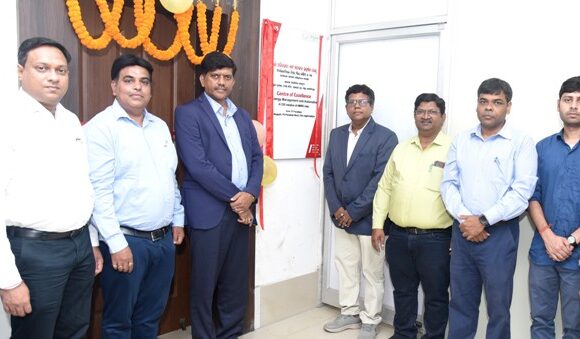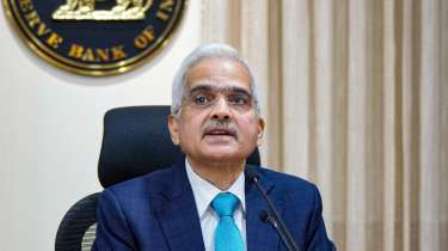Squeezed Budget share a worry for agriculture sector

NEW DELHI, FEB. 8: The Union budget has prepared the ground for setback to rural lives. Over 52% (89.58 million) rural households directly depend on agriculture for their income. However, this year’s budget allocation for agriculture and allied sectors is 27% less than that in 2021-22, and 5% less than the budget estimates of last year.
This is a far cry from Prime Minister Narendra Modi’s dream to double the income of farm households by 2022, which he announced in 2016. In 2012-13, the average monthly income of a farm household was Rs 6,427, which increased to Rs 8,059 in 2015-16, and further rose to Rs 10,218 in 2018-19.
Farmers’ income reached Rs 12,445 by 2022. As per experts, the ‘real income’ should reach Rs 21,146. “Going by government figures of farmers’ income, only 33% has been achieved so far of the promised income,” says Kiran Kumar Visas of Rythu Swaraj Vedika, a farmers’ organisation in Telangana and Andhra Pradesh.
The budgetary provision for Price Stabilisation Scheme (PSS) and Market Intervention Scheme (MIS) to support horticulture and plantation farmers has been abandoned. In 2021-22, the actual budget was Rs 2,288 crore, which got reduced to Rs 1,500 crore the next year, while this year, this allocation is almost nil. Another scheme, PM-AASHA, to ensure minimum support for oilseeds and pulses has been ignored.
“The government has squeezed the share for agriculture sector of total budget from 3.84% to 3.20%,” says agriculture analyst Devinder Sharma. “Over the years, government investment in agriculture has been reduced while support to corporate sectors increased.”
Flagship programmes such as agriculture insurance and direct income support to farmers have also seen a dip in the allocation. The Pradhan Mantri Kisan Samman Nidhi, which provides income support of `6,000 per year to farmers, has seen a decrease in allocation by 13%. The Pradhan Mantri Fasal Bima Yojana has seen a 12% decline as compared to the budget allocation of the previous year.
The allocation for rural development schemes has been cut from 5.81% (Revised Estimate 2022) to 5.29% (Budget Estimate 2023) of total budget. “Initiatives such as PM-PRANAM and BPK will be game-changers in the long run, paving the way for sustainable agriculture and reduced input costs,” says Shambhu Prasad of Institute of Rural Management, Anand.
The PM-PRANAM (Programme for Restoration, Awareness, Nourishment and Amelioration of Mother Earth) aims to promote use of alternative fertilisers and balanced use of chemical fertilisers while Bhartiya Prakritik Kheti Bio-Input Resource Centres (BPK) is meant to boost natural farming.
-TNIE







